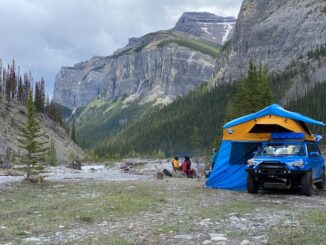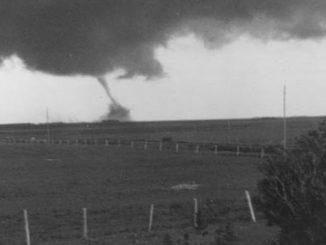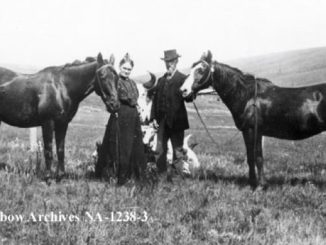As part of my undergraduate work while in university I was enrolled in an Outdoor Education course. The syllabus included a multi-day field trip to Grasslands National Park. While exploring the East Block region I had my first archaeological experience, the discovery of an ancient arrowhead. Something must have stuck because the study of the past, particularly our human past, has fascinated me ever since. I am still searching for that next arrowhead though!
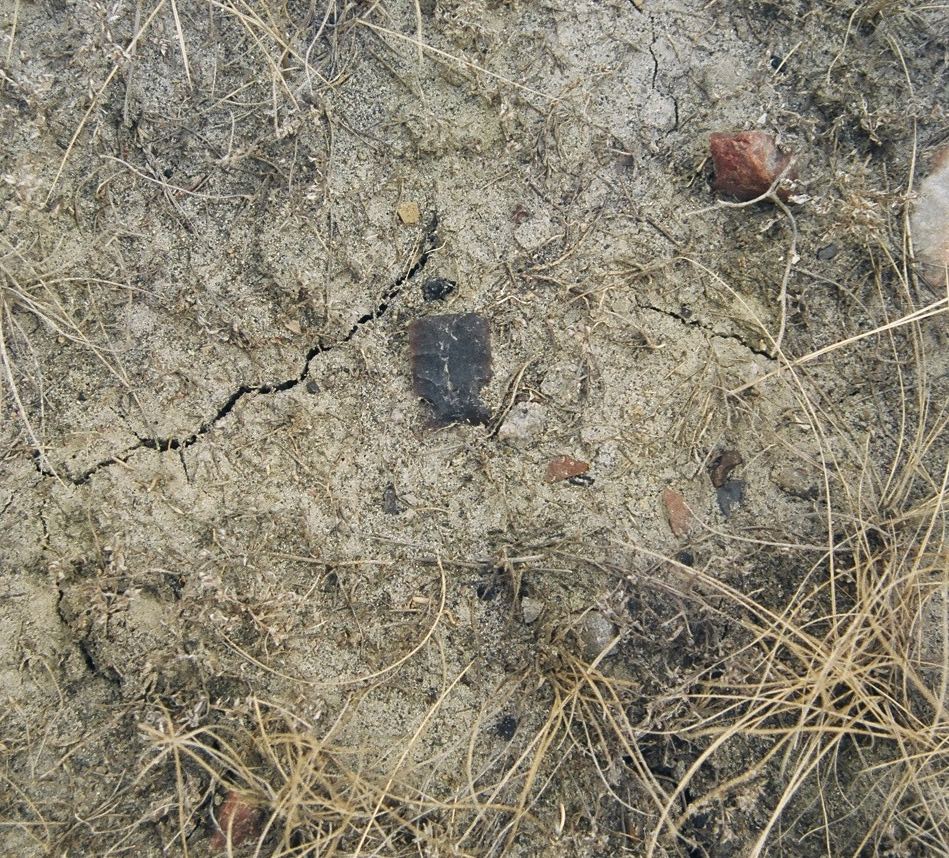
In an effort to learn more about archaeology, I reached out to the Archaeological Society of Alberta. They put me in touch with Michael Turney, a professional archaeologist working with Lifeways of Canada Limited, Alberta’s first and longest operating historical resources consulting company. Michael holds a Bachelor of Science in both Archaeology and Geography and an M.A., in Archaeology, all from the University of Calgary. He also has over 25 years of experience completing archaeological investigations on behalf of industry and various levels of government. What follows is an in-depth look at the day-to-day workings of an archaeologist.

How did you get into archaeology as a profession? What made you want to be an archaeologist?
People always ask this, and you would think I would have a good answer by now, but I’m not sure if I do. As a child, I accompanied my parents as they traveled and worked in several countries around the world. As a result, we spent a lot of time visiting museums, historic sites, and monuments wherever we found ourselves. That early experience likely rubbed off on me and resulted in an appreciation for the past. I think something about the past always fascinated me as a ‘place unknown’ if you will.
Archaeology is the study of human history through the excavation of sites and analyzing of artefacts. In Alberta, where are your excavation sites and what do you hope to find?
While excavation is one of the tools archaeologists use to try to understand the past, it is really just a few of many archaeology paths of enquiry that we utilize. We also utilize pedestrian surveys, shovel testing, and deeper mechanical tests, archival research, historical research, analysis of the artefacts we recover, as well as numerous specialized techniques from carbon dating and ground penetrating radar, to drones.
Much of the archaeology that is conducted in western Canada, occurs within the context of Historic Resource Management. Throughout Canada, legislation at the provincial and federal levels protects heritage resources, requiring at minimum an assessment of the potential of a proposed development to impact historic resources. In some cases, this leads to the requirement for a pre-impact assessment of the development footprints prior to government approval. The developer is required to undertake a study to determine if their project will intersect with historic resources. It is in this capacity that I have worked all over western Canada.
As archaeologists in North America, we are responsible for the vast sweep of human history from first peopling tens of thousands of years ago right up to the fairly recent past. Consulting archaeologists need to be agile, pivoting easily from one thing to the next depending on what the day or project presents them with.

I am sure that there’s rarely a ‘normal’ day in your line of work, but could you walk me through what a typical day in the field might look like?
You are correct, there really is no normal day in the field, but there are patterns. Usually, it is an early start, so we can beat the heat of the day, maximize the amount of daylight hours as the season winds down in late fall, or get the jump on a long drive to site. Home might be a remote camp with tents, an industry camp of Atco trailers, or a motel in a small town. The last one is fairly common. I could probably write a travel book about small-town motels and restaurants in Alberta.
We load up the truck, check the gear for the day, and any other equipment that we might need. We drive out to our mobilization point to reach our study area, which could involve highway miles, farm/ranch tracks, logging roads, or exploration trails. This may involve hauling trailers with equipment, as the day might require the use of ATVs or Argos, or even boats to access our survey location. We may even be lucky enough to have a helicopter if the access is particularly difficult or long.
Once we have driven as far as we can, often we need to get out and hike. I have to admit that while every day is not always fun (more often than not it is), and I am struck by the extreme privilege of my method of employment. I get to experience the turning of the seasons firsthand whether it is roaming across native prairie in southern Alberta, hiking through the mountains, or surveying through the vast forests that cover the northern part of the province. Every day brings an adventure, from small engine repairs to wildlife encounters. I once had a bear eat the Argo seat overnight and I had to repair it with duct tape before we could proceed.
More often than not, there are no trails where we’re headed, and you always make sure you pack an iPad pre-loaded with maps and GPS. I sometimes tell people jokingly that my job involves a lot of following imaginary lines through the woods. In many cases, we are in fairly remote locations. Good boots, an extra sweater, rain gear and a packed lunch/thermos of caffeine are all necessities.
If all of that was not enough of an adventure, then the fun really begins. Don’t forget that we are trying to find evidence of ancient people. Often, we are looking for locations where people might like to stop and camp today; think dry, with a good view and not too far from water. To determine if it was utilized in the past, we look for artefacts, such as stone tools, the stone chips produced by making stone tools in a process called flintknapping, ceramic pot shards, evidence of cooking fires, and/or past meals. To find this evidence we dig small holes with a shovel and carefully screen the resultant sediment from the shovel test. Archaeologists are specially trained and experienced in recognizing artefacts. It is this focus on ‘things’ and what they can tell us about how ancient people lived that makes archaeology unique from other branches of anthropology. What might appear as just a small chip of stone to most people may in fact hold much potential for understanding the past in the hands of an experienced archaeologist. Once we find a site, then we need to document it and test it further, and then we’re on to the next area. Within the context of Historic Resource Management, we must also determine the relative scientific significance of what we find. We need to determine if it is in conflict with a proposed development or can be avoided, and how best to mitigate any impacts to the historic resource.
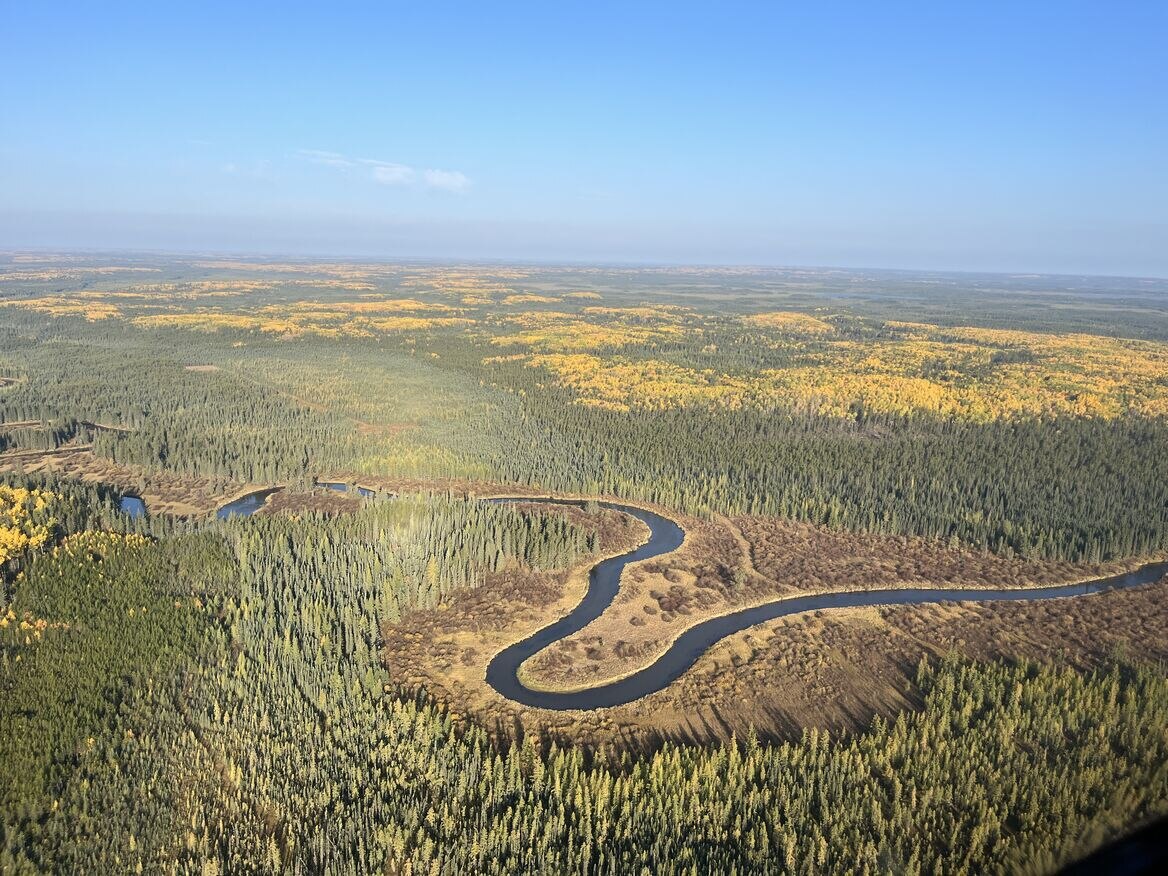
What has been your biggest/most significant find in your career?
This might be one of the most common questions people ask when they find out I am an archaeologist and I should have a good answer by now, but I really don’t. Although there are big finds, archaeology is often the collection of small pieces of data from which we build the framework with which to organize and understand the past. It is often a slow, somewhat intellectual process. It is often only later, when enough ‘puzzle pieces’ have been collected/observed that we can stand back and see the patterns staring us in the face the whole time. A few personal discoveries include the discovery of new rock art sites at Writing-On-Stone/Áísínai’pi National Historic Site and in the foothills west of Calgary, the discovery of a medicine wheel in native prairie in the southeastern portion of the province, and the recovery of a Scottsbluff point in a shovel test in the foothills by Edson years ago. To provide some context, a Scottsbluff point is an ancient spear point thought to date to 9,000 to 8,5000 years BP. That is incredibly old, for example, the Great Pyramid of Giza in Egypt is only 4,600 years BP in age.
What is the best thing about being an archaeologist?
I think it is the variety, the time I get to spend outside, and the people I meet from all walks of life. All of which provides the backdrop to the profession. But ultimately it is the thrill of discovery that drives us all. Every day is exploration, not only do we physically explore rarely visited and remote parts of the province, but we are explorers in time and space; seeking out the shadows and traces of the past which allow us to build a story of who came before. Holding an artefact in your hand, being the first one to touch it since it was lost or discarded by its previous owner several thousand years ago, is hard to describe but it is thrilling. In many respects, you are privileged to be able to share that experience with someone who last held it 100’s or 1,000’s of years ago.
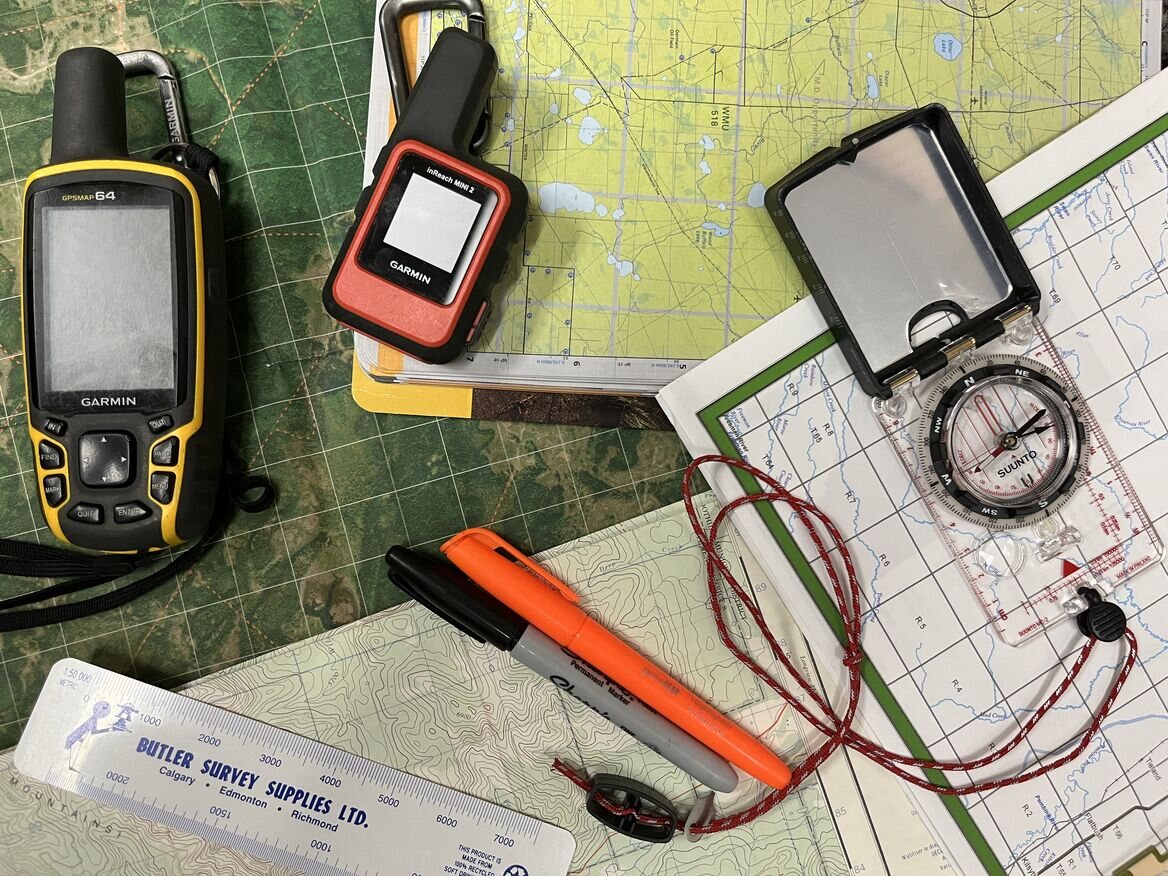
What is one of the most challenging aspects of being an archaeologist?
I think it is being away from home, and we all deal with it in different ways, but having an understanding partner is important.
You’ve also worked in other countries outside of Canada. What was that like? Do you have a favourite place to work? What makes it so special?
Canada is huge! I have worked from northern Ontario to the Lower Mainland of British Columbia, and they are all different. Outside of Canada, I have worked in different parts of the USA, Panama, and numerous islands in the West Indies. These are super places to work, all of them beautiful, and each with their own challenges and rewards, but I really do enjoy the grasslands and forests of western Canada. I think it is the seasons, and the constantly changing weather, vegetation, and quality of light that they bring. We live in a dramatic landscape.
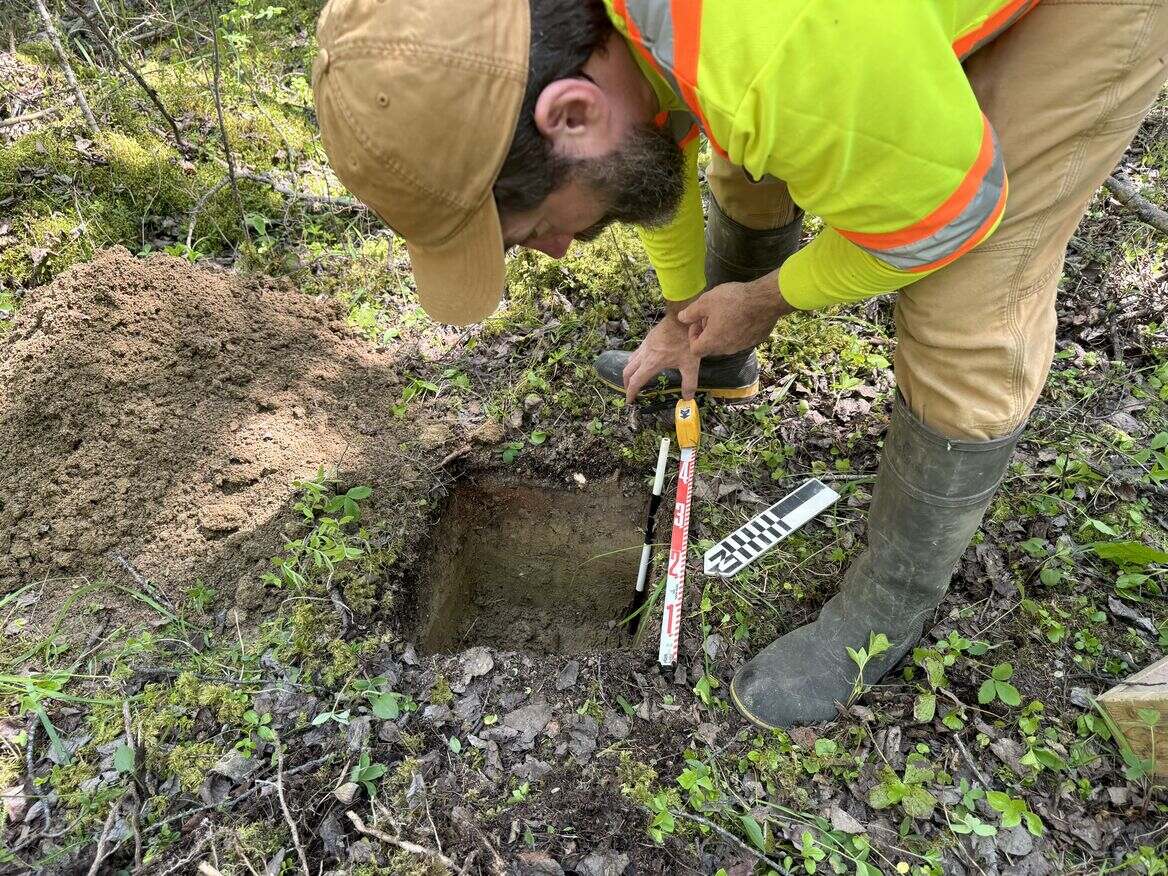
Where would be your dream location to work? Why?
I have spent a lifetime working in the Americas, so it might be fun to try somewhere else. Perhaps a Neolithic or Bronze Age site in Ireland.
What advice would you give to someone who is thinking about pursuing archaeology as a career path?
While I would never dissuade someone from pursuing a career in archaeology, I honestly can’t imagine doing anything else, it is incredibly rewarding, but it is certainly not an easy career path. This is not a typical 9-to-5 job. You will be away from home a lot. You need to like being outside in all kinds of weather, and be flexible enough to pivot when plans A, B, and C don’t work. It is something that you really need to be passionate about if you are to make it a career.
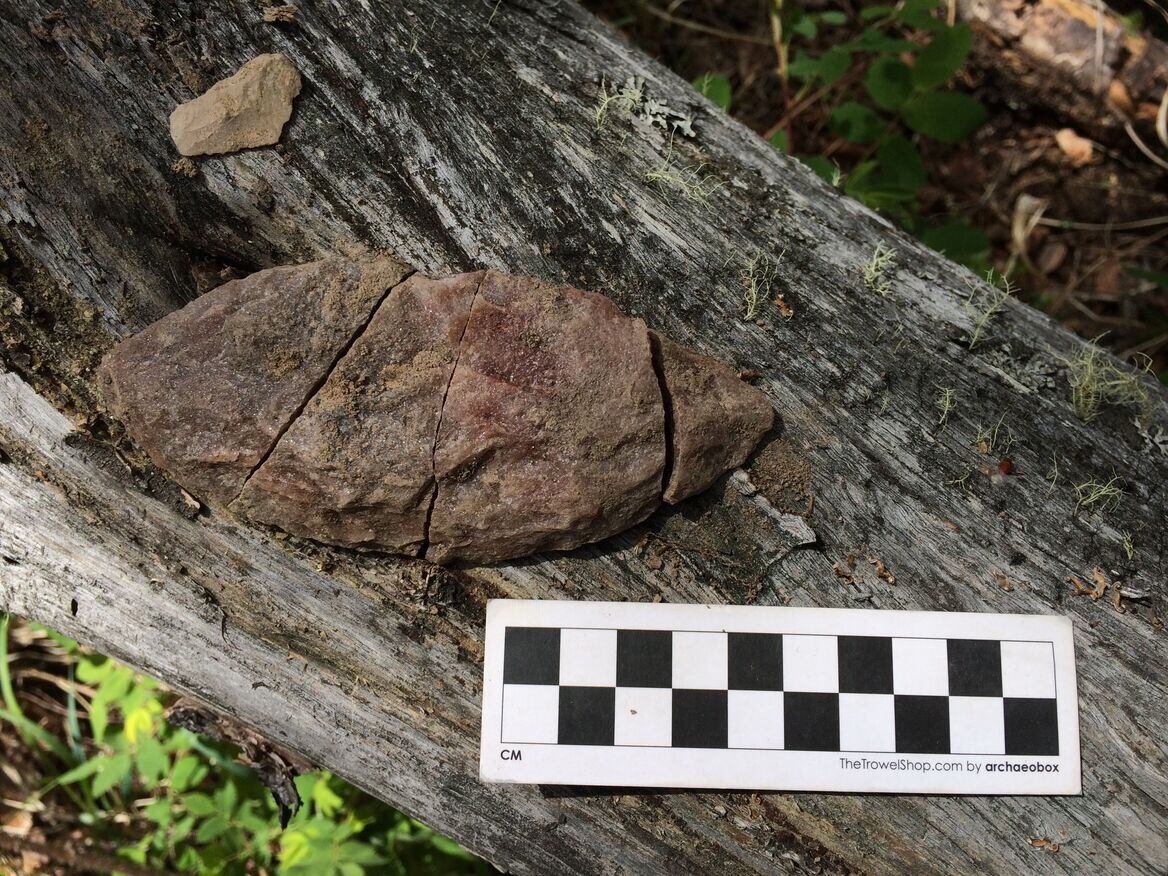
I would like to take this opportunity to extend a sincere thank you to Michael. He thoroughly answered all my questions and provided valuable insight into the field of archaeology. I so very much appreciate your time and thoughtfulness in being featured in this ongoing column. Thank you, Michael!
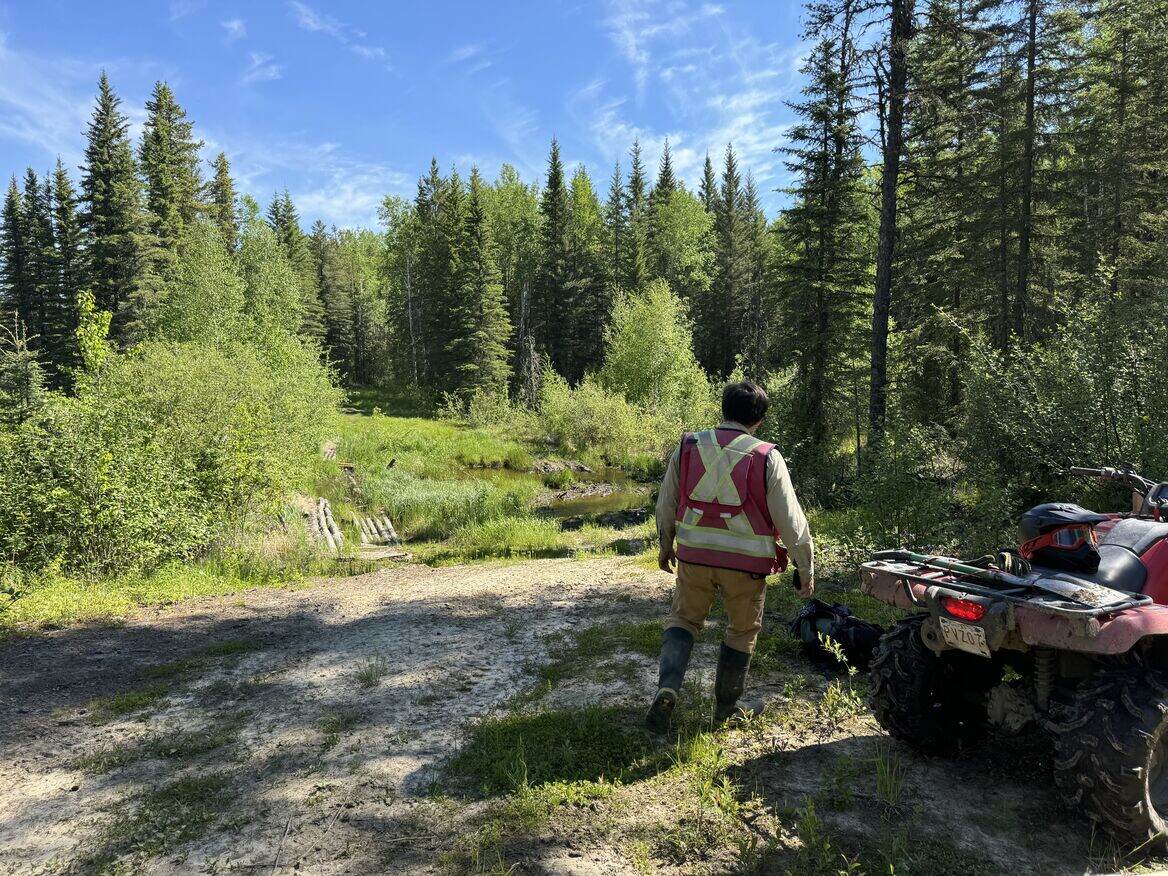
For more things archaeology you can find the Archaeological Society of Alberta on Facebook, Instagram, and YouTube. You can find Lifeways of Canada on Facebook and LinkedIn. You can also read my previous stories including Paintings from the Past: Rock Art in the Bow Valley and Vintage Photographs from Writing-On-Stone/Áísínai’pi.
***
About this column:
Wild Jobs is a running series that focuses on people in outdoor-related professions. It provides a brief snapshot of their career and the duties that it entails. Please see my previous post, Wild Jobs: Outdoor Educator to learn more.


